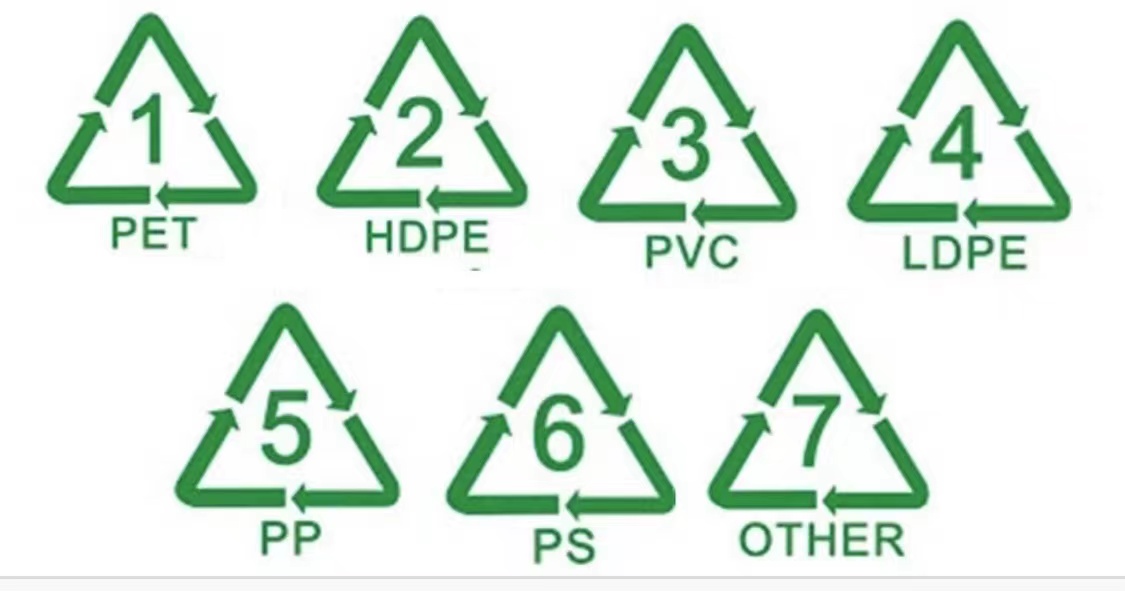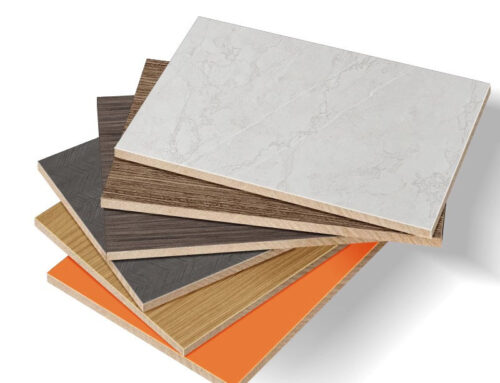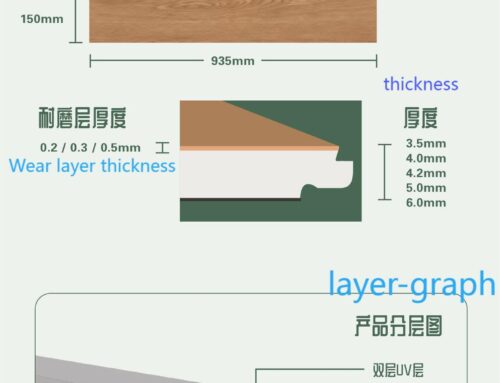what is PET?
Polyethylene terephthalate (PET) polyethylene terephthalate terephthalic acid.
PET advantages: plastic with light, high transparency, impact resistance, not easy to break and other characteristics, can also prevent carbon dioxide
Gas, so that the soft drink to maintain the“Gas”, good preservation, stress heat resistance, pressure resistance and other functions of the technical trend
Make PET bottles the main drinking packaging today. Many drinks that require thermophilic bacteria to be filled, such as flavored water, fruit juice
PET bottles are also used in dairy products, beverages, sports drinks, etc. . PET bottles have become the packaging of beverages
Master loader. Due to its low environmental pollution and energy consumption, PET bottles are gradually becoming more environmentally friendly today
Replace the traditional packaging materials. With its heat-resistant, pressure-resistant and other functions, nearly replace the PVC bottles, bags, aluminum cans, iron
Cans, glass bottles, etc. , become the most growth potential of packaging materials.
1. Difference 1: different melting point
PE:92℃
PET:250-255°C
Difference 2: different physical properties
PE: odorless, non-toxic, feel like wax. It has excellent low temperature resistance (the lowest operating temperature can reach ~ 100 ~ ~ 70 ° C) , good chemical stability, and can resist the attack of most acids and bases (not acid with oxidation properties) . Insoluble in common solvents at room temperature, small water absorption, excellent electrical insulation.
Pet: milky or yellowish, highly crystalline polymer with a smooth, glossy surface. It has excellent physical and mechanical properties in a wide temperature range, long-term service temperature can reach 120 ° C, excellent electrical insulation, even at high temperature and high frequency, its electrical properties are still good, but corona resistance is poor, creep resistance, fatigue resistance, friction resistance, dimensional stability are very good.
3. Difference 3: different processing methods
PE: polyethylene according to the polymerization pressure can be divided into high-pressure method, medium-pressure method, low-pressure method;.
PET: polyester polyester is made by polycondensation of terephthalic acid with ethylene glycol, following the general rule of linear polycondensation. Polyester polyester production, has developed transesterification and direct esterification of two synthesis technology.
4. Difference 4: different uses
PE: widely used in the manufacture of thin films, hollow products, fibers and household sundries.
PET: mainly used in electrical and electronic applications such as electrical sockets, electrical connector, rice cooker handles, TV Skew Yoke, terminal, electrical Breaker Shell, switch, motor fan shell, instrument machinery parts, money counting machine parts, electric iron, electromagnetic oven accessories.
Flow control valve, carburetor cover, window controller, pedal transmission, distribution panel cover in automobile industry; Mechanical industry gears, blades, pulleys, pump parts, in addition to wheelchair body and wheels, lampshade housing, lighting housing, drain fittings, zippers, watch parts, sprayer parts.
PET benefits:
1. have good mechanical properties, impact strength is 3 ~ 5 times of other films, good folding resistance.
2, oil-resistant, fat-resistant, acid-resistant, alkali-resistant, resistant to most solvents.
3. It can be used for a long time in the temperature range of 55-60 °C, and can withstand the high temperature of 65 ° C and the low temperature of -70 ° C for a short time.
4. Low permeability of gas and water vapor, good gas barrier, water, oil and odor.
5, high transparency, can block ultraviolet, good gloss.
6, non-toxic, tasteless, good health and safety, can be directly used in food packaging.




Leave A Comment